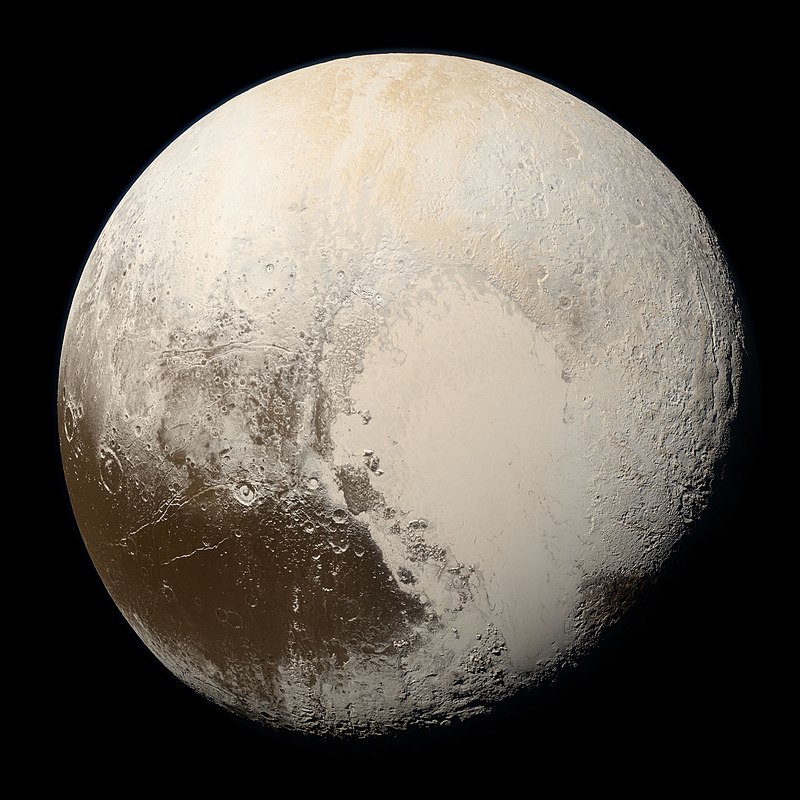Gonggong (formally 225088 Gonggong; provisional designation 2007 OR10) is a dwarf planet, a member of the scattered disc beyond Neptune. It has a highly eccentric and inclined orbit during which it ranges from 34–101 astronomical units (5.1–15.1 billion kilometers; 3.2–9.4 billion miles) from the Sun. As of 2019, its distance from the Sun is 88 AU (13.2×109 km; 8.2×109 mi), and it is the sixth-farthest known Solar System object. Gonggong is in a 3:10 orbital resonance with Neptune, in which it completes three orbits around the Sun for every ten orbits completed by Neptune. Gonggong was discovered in July 2007 by American astronomers Megan Schwamb, Michael Brown, and David Rabinowitz at the Palomar Observatory, and the discovery was announced in January 2009.
At approximately 1,230 km (760 mi) in diameter, Gonggong is the size of Pluto's moon Charon, and is the fifth-largest known trans-Neptunian object. It may be sufficiently massive to be plastic under its own gravity and therefore a dwarf planet. Gonggong's large mass makes retention of a tenuous atmosphere of methane just possible, though such an atmosphere would slowly escape into space. The object is named after Gònggōng, a Chinese water god responsible for chaos, floods and the tilt of the Earth. The name was chosen by its discoverers in 2019, when they hosted an online poll for the general public to help choose a name for the object, and the name Gonggong won.
Gonggong is red, likely due to the presence of organic compounds called tholins on its surface. Water ice is also present on its surface, which hints at a brief period of cryovolcanic activity in the distant past. With a rotation period around 22 hours, Gonggong rotates slowly compared to other trans-Neptunian objects, which typically have periods less than 12 hours. The slow rotation of Gonggong may have been caused by tidal forces from its natural satellite, named Xiangliu.
.png)






_(cropped).jpg/800px-Ceres_-_RC3_-_Haulani_Crater_(22381131691)_(cropped).jpg)